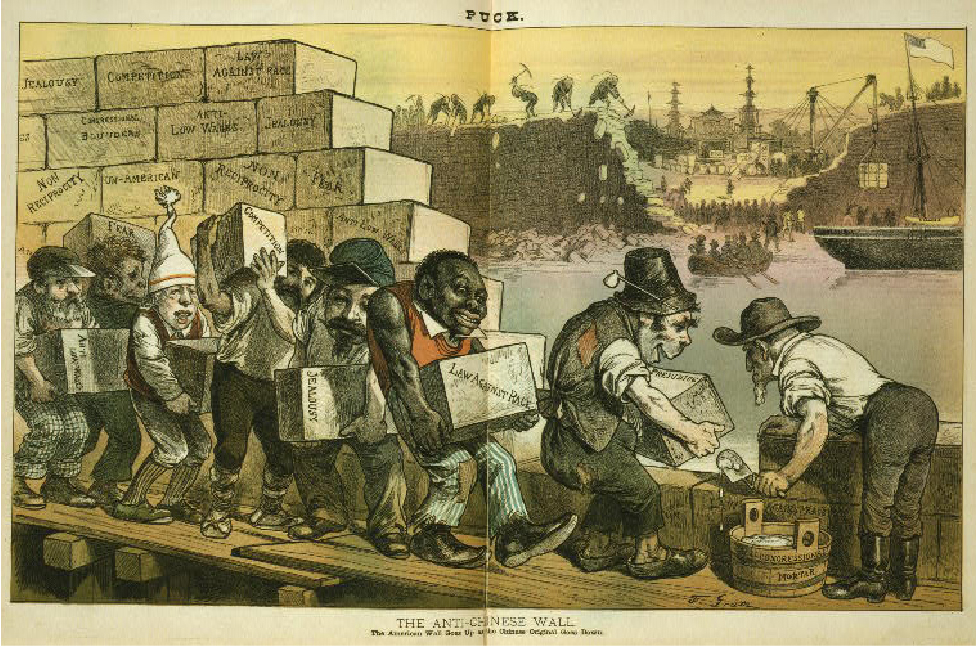Chapter 9: 1877-1898 Inquiry Organizer

Compelling Question: How did a changing view of government’s responsibility during the Gilded Age affect American society? |
|
Chapter Objectives:
|
| Supporting Question 1:How did rapid industrialization and the rise of big business affect American society and government? | Resources:
|
| Supporting Question 2:How did reform movements respond to the rapid changes of the Gilded Age and what effect did they have on American society and culture? | Resources:
|
| Supporting Question 3:How did migration to and within the United States during the Gilded Age provide opportunities as well as spark conflict? | Resources:
|
Additional Resources:
|
|
| Unit 5 Essay Activity
How did a changing view of government’s responsibility during the Gilded Age affect American society?
Through this inquiry, students will analyze the social, political, and economic changes that took place in the late nineteenth century or “Gilded Age.” Ultimately, students will use the primary and secondary sources in this chapter to practice constructing an essay in AP Long Essay Question format, demonstrating their skills in explaining continuity and change over time. Students should be evaluated using the AP Rubric. Assess students’ progress in understanding the compelling question for this chapter by assigning the Unit 5 Essay Activity. |
|
Some components of this resource may contain terminology that is no longer used because the terms are recognized to be offensive or derogatory, and some components may contain images that would be considered offensive or derogatory today. These terms and images have been retained in their original usage in order to present them accurately in their historical context for student learning, including understanding why these are not acceptable today.





